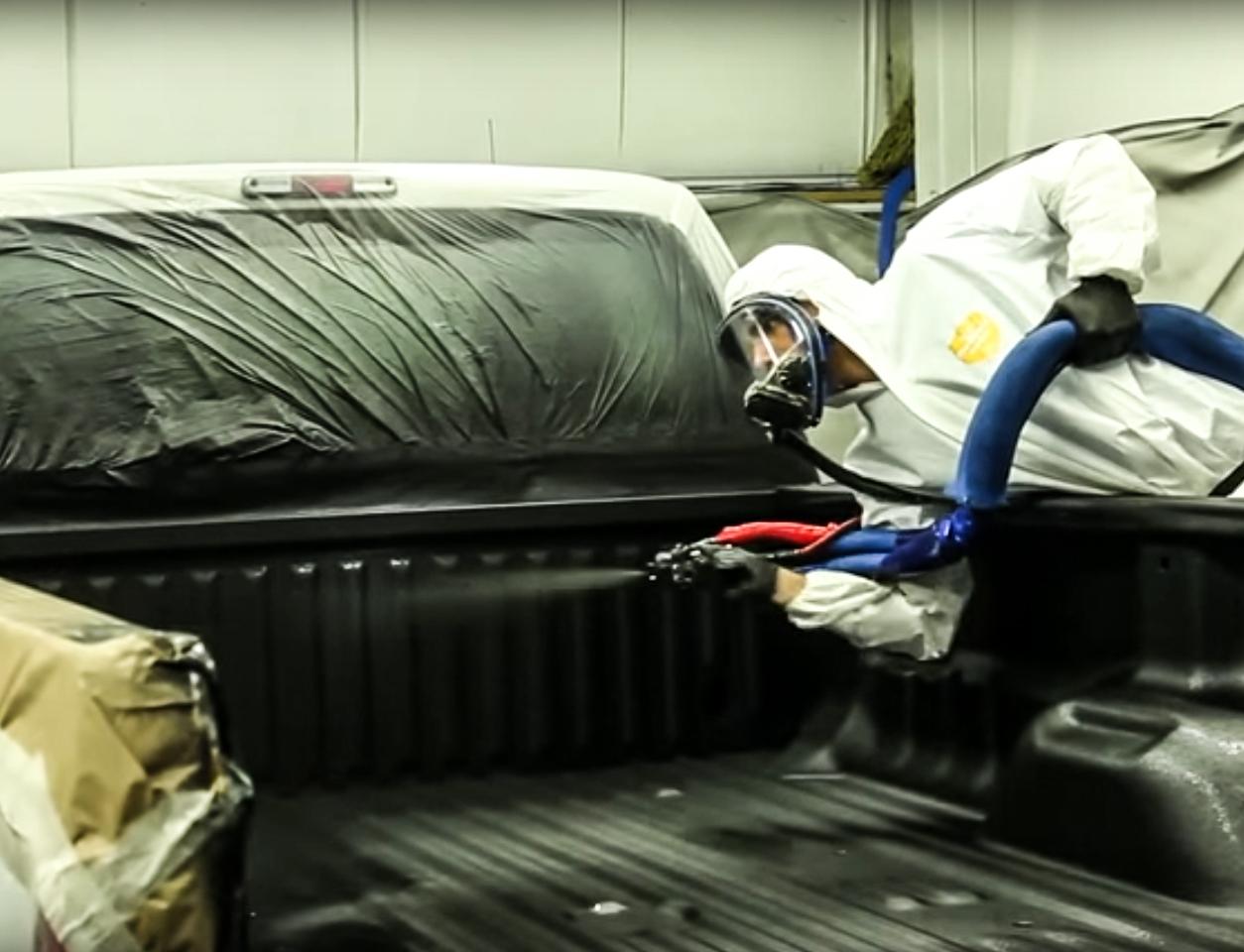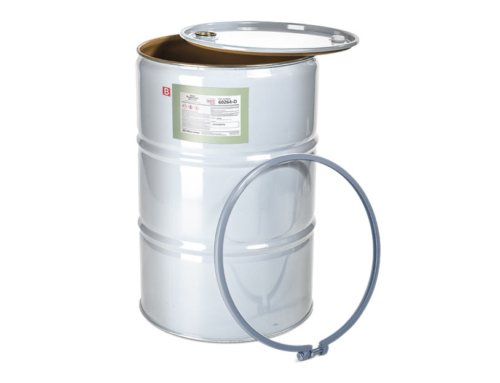
1. Store Your Chemicals Well
Keep chemicals stored at the proper temperatures for best maintained shelf life and product application performance. Rhino Linings high pressure chemicals and primers should be stored at 70°F. Rhino Linings low pressure chemicals should be stored and dispensed for use at 80-85°F typically.
By Bill Kalthoff, Technical Service Representative

1. Store Your Chemicals Well
Keep chemicals stored at the proper temperatures for best maintained shelf life and product application performance. Rhino Linings high pressure chemicals and primers should be stored at 70°F. Rhino Linings low pressure chemicals should be stored and dispensed for use at 80-85°F typically.
2. Wipe Down Containers
After any container has been opened for use, the lids or bung caps should always be wiped clean and the A-side product should be prepped with Fusion grease lubricant or petroleum jelly before being sealed properly for safe storage and future use.
3. Refer to Rhino Linings Resources
Always refer to our available product data sheets, safety data sheets and the container labels for mixing product(s) before blending each component into a ready to apply mixture. Use to RhinoApplicators.com to review the latest updated information. We are continually looking to manufacture the best products in the coatings industry. It’s important that all of our applicators have the most updated information at their disposal.
4. Cup Check!
Low pressure applicators should conduct a cup check each day that a truck is to be sprayed. Cup checks can be documented on our low pressure ratio check spreadsheets. The proper ratio is (.58–.63).
5. Recirculate Unused Product
Recirculation procedures should be followed closely. If a high pressure or low pressure unit is not used for five consecutive working days, the lines should be recirculated to allow fresh material into the lines. This applies to spray hoses and recirculation lines.
6. Check Your TSL Bottle
Physically check the throat seal liquid (TSL) bottle weekly and replace as needed. See our technical demo video under tech videos, on our website.
7. Apply Right Amount of Primer
Applying primers should be relatively easy. It is critical to adhere to the recommended wet mil thickness for optimal adhesion otherwise you will almost certainly experience a failure. Heat, cold, humidity or mixing too large of a batch at one time, can increase your job labor time and costs. Check out our adhesion promoter for prepping plastics, vinyls, fiberglass and existing bed liners.
8. Prep to the Edge
Make sure to always sand all fibre or wire tape edges. Apply acetone on the edges, especially when using our Rhino® Bonding Agent 1K.
9. Agitate New Drums
Brand new, full drums should always be agitated on high the first time they are opened for use. Occasionally, a drum may have set for a short period of time in one of our various warehouses. The ingredients might begin to coagulate at bottom of drum. A good rule of thumb is one minute of agitation per gallon of chemical. After the initial mixing and use, you should agitate using a low or medium speed. Drums that do not have pigment must be mixed accordingly before transferring material to a different container for adding pigment (again at one minute per gallon).
10. Check All Air Lines for Moisture
Be sure to check all membrane dryers, inline filters and your compressor weekly. Drain as needed. Don’t wait until you develop a dreaded moisture issue to perform this simple step.
11. Shut Down Guns Properly
Follow all low pressure and high pressure gun shut down and purging requirements before capping or greasing the gun tip. This step helps to seal out air and to keep tips from clogging due to contact with both chemicals at the tip.
12. Add UV Topcoat to Prevent Fading
All liners sprayed with color must also be protected with UV topcoat to prevent color fading and ensure long-term customer satisfaction. Of course, a UV topcoat is not needed when using Rhino Solarmax.
Share Your Application Wins
Send us your favorite Rhino Linings applications tips, techniques and strategies with your fellow applicators. Submit your tip via email for possible inclusion in future editions of The Point!






Leave A Comment